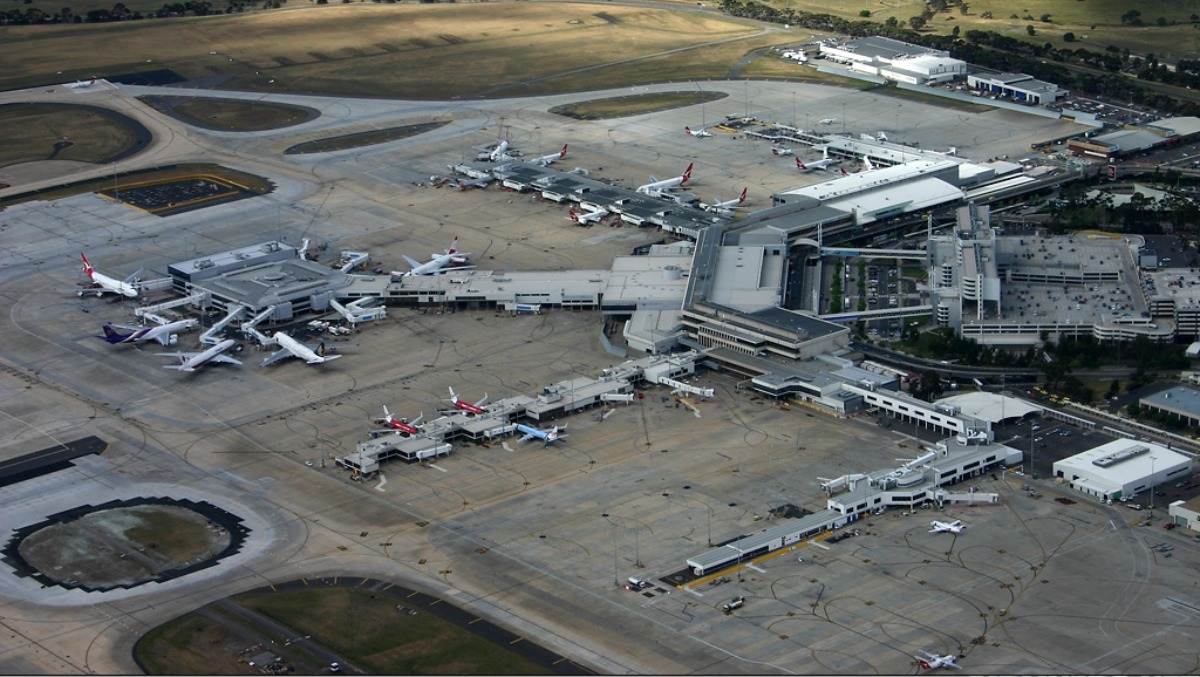
Melbourne Airport has seen a 20 per cent year-on-year increase in passengers for the month of April, despite a very slight decline in domestic traffic.
A total of 2,710,505 people arrived or departed from Melbourne Airport in April 2023, up from 2,264,236 in April 2022. This was driven by a 136 per cent increase in international passengers, up from 325,077 to 773,645, while domestic passengers dipped 0.1 per cent from 1,939,159 to 1,936,860.
Melbourne Airport CEO Lorie Argus said the fall in domestic passengers reflects high airfares and constrained capacity.
“We would hope that as our domestic airlines take delivery of more aircraft, they will add extra capacity to Melbourne to help moderate the cost of airfares,” she said.
“Higher airfares are challenging at a time when the cost of living is putting pressure on many household and small business budgets, and the industry needs to keep that front of mind to ensure Australians can afford to keep connected with the rest of the country.”
The boost in international passengers and sluggish domestic demand continues a trend seen in recent months – March saw Sydney and Melbourne Airports both break 80 per cent of pre-pandemic international capacity. Also in March, however, Sydney Airport’s CEO claimed the domestic aviation recovery has been “stagnant” since April last year, with February numbers still 17 per cent down compared to pre-pandemic.
In a significant intervention, Geoff Culbert appeared to blame airlines for offering fewer seats for sale to consumers alongside higher airfares.
“The domestic passenger recovery at Sydney Airport has been stagnant since April last year, with reduced capacity and high airfares impacting people’s travelling habits,” said Culbert.
Nationwide, the domestic aviation industry peaked at 97 per cent pre-pandemic passenger numbers in June last year, but it came alongside all-time records for delays being broken that month and in April and July. Since then, the industry has recruited thousands of extra staff and cut flights to improve the passenger experience.
However, recent figures appear to show capacity is failing to return to the market as quickly as hoped, which is in itself leading to higher airfares and fewer people flying.
In its March quarterly report, the ACCC revealed that 5.9 million domestic seats were made available for travel around Australia in January, with Qantas flying at 102 per cent of pre-pandemic capacity, Virgin at 96 per cent, and Jetstar at 84 per cent.















